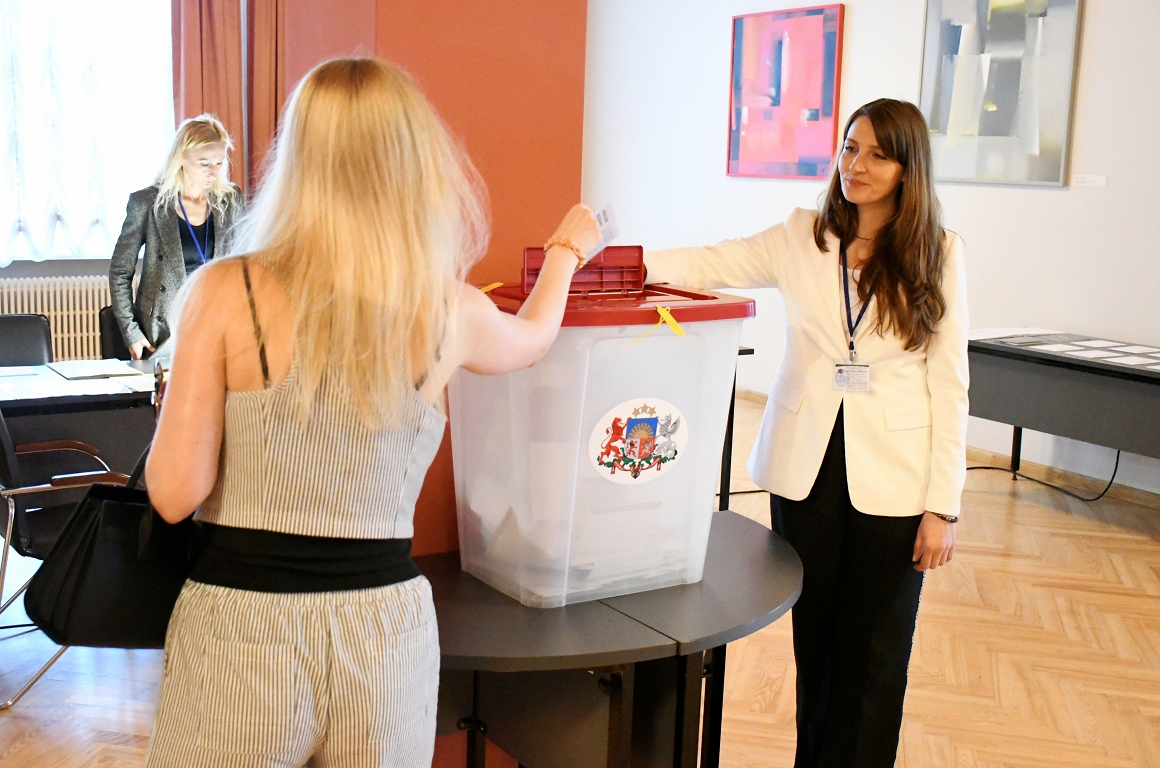US trade policy strikes hard against Russia

On the second of April 2025, the United States introduced extensive tariffs on import goods from some 90 countries, including China, the EU and Mexico. As the only major nation, Russia was exempted from these customs, but the country’s economy is still indirectly affected. The Russian economy is strongly dependent on oil exports and changes in the global oil market strike directly against the country’s finances.
– The race in the oil price poses a risk to the Russian economy, says Elvira Nabiullina, head of the central bank, to Russian news service Tass.
According to News service Bloomberg In addition, the oil price of Russia’s Ural oil has dropped under the EU-countries’ set prize roofs of $ 60 per barrel. During April 7, a crude oil prize was listed from the Baltic Sea harbor Primorsk to just over $ 52 barrels.
Torbjörn Becker, Head of the Östkonomiska Institute at the Stockholm School of Economics, emphasizes the central role of oil for Russia’s economy.
– The oil price determines Russia’s economy. The $ 60 price ceiling is not what Russia needs to worry about right now. It is the world market price that governs and there is now around $ 60 per barrel. Russia is then allowed to give a discount when they sell their oil which gives the price they now receive is clear below $ 60 per barrel, says Torbjörn Becker.
April 3rd In 2025, Opec announced that eight member countries, including Saudi Arabia, will increase their oil production by a total of 411,000 barrels per day from May 2025. This increase corresponds to a production increase of about 7 percent.
At the same time, drives US President Donald Trump A policy to weaken the US dollar in order to make US export goods more competitive in the world market. A weaker dollar can lead to higher oil prices in other currencies, which reduces demand and pushes down the oil price globally.
Torbjörn Becker notes that these factors together affect the Russian economy.
– In February when there was talk of a ceasefire, there was a small window for the Russian economy to recover, but the decline in global trade is percentage more important.
Over the latest The weeks the price of Russian Ural oil has dropped from about $ 67 per barrel in early March to about $ 57 per barrel in early April, to a minimum of $ 52 on April 7. At the same time, the dollar has fallen against the Russian ruble.
This price decline directly affects Russia’s state budget, where a significant portion of revenue comes from oil and gas exports. Since oil exports are made in dollars, a falling oil price means lower revenue in foreign currency – and when they are then converted to rubles, it strikes even harder against the budget when the ruble has been strengthened at the same time. The effect is that the state gets less money.
The United States has previously Threatened with increased tariffs against Russia, but since trade between the two countries is limited, President Donald Trump has instead targeted the customs threat to third countries. These tariffs can vary between 25 and 50 percent. Last week, however, several reported News media that Republican Lindsey Graham, together with Democrat Richard Blumenthal, advocates new legislation that would enable 500 percent tariffs in countries that buy Russian oil, gas, uranium or other products. The customs threat is mainly directed at countries such as Turkey, India and China, which are the largest buyers of Russian oil.
Read more:
A large country is missing on the US Customs List: Russia
This is Russia’s infamous shadow fleet in the Baltic Sea
The Kremlin wants to see relieved sanctions before the ceasefire starts







:format(webp)/s3/static.nrc.nl/images/gn4/stripped/data133280221-bb4cba.jpg)
